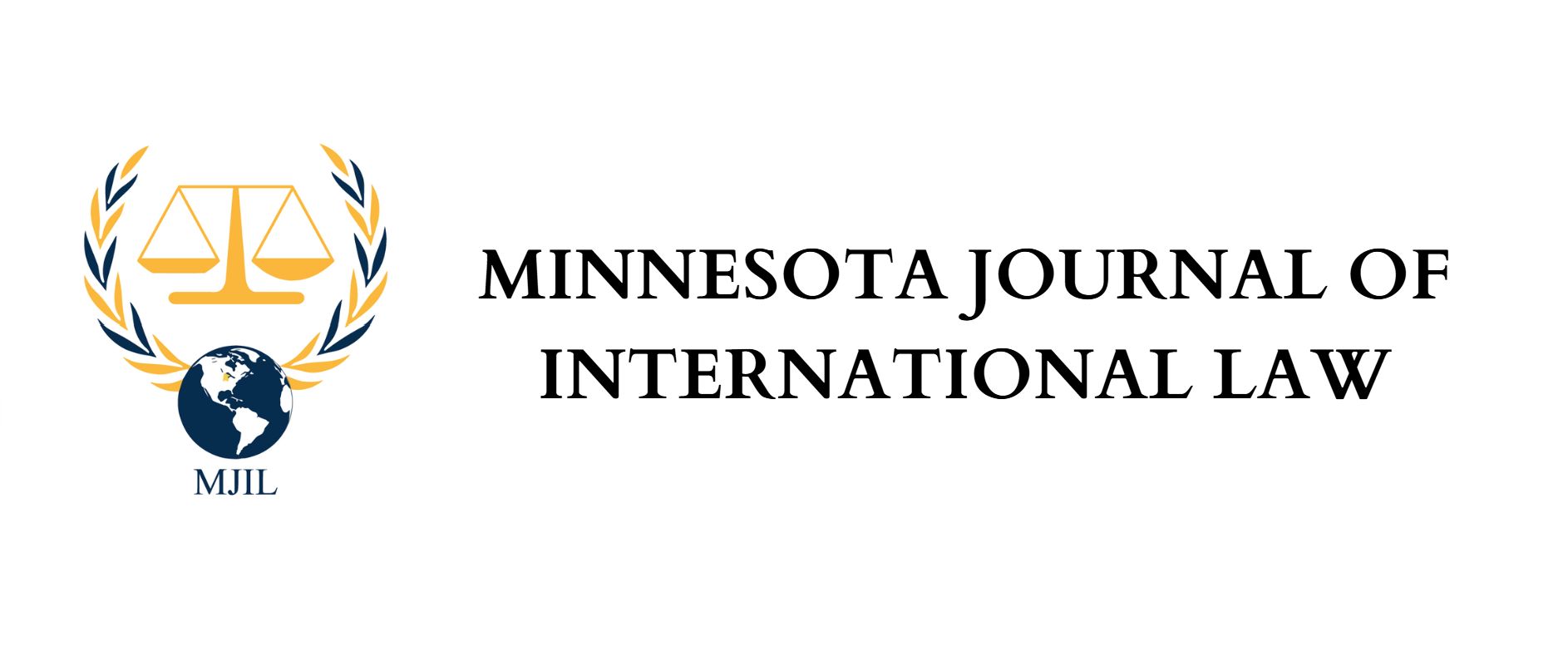By Rebecca Rosefelt, Staff Member
Childhood is a relatively new concept,[1] and juvenile justice systems like those in Western democracies gained steam with the industrial revolution.[2] However, one issue has been of contention since at least the fifth century: at what age does society hold a person criminally liable?[3] Standards still vary across the globe, but the minimum age of criminal responsibility (MACR) has generally hovered between seven and fourteen since Roman rule.[4]
Determining a MACR considers an adolescent’s lower moral and cognitive development.[5] The U.N. Committee on the Rights of the Child recommends that the standard be no lower than twelve.[6] In contrast, the Inter-American Commission on Human Rights encourages minimums closer to eighteen, and perceives twelve as unacceptably low.[7]
The U.S. has a MACR of eleven for federal crimes, leaving states free to establish their own.[8] England and Wales have minimums at ten years, and Scotland recently increased its MACR to twelve.[9] The median MACR in Latin America is twelve, on a spectrum ranging from seven to eighteen.[10] The Philippines has repeatedly introduced legislation to reduce its MACR from fifteen to nine[11]—still higher than the average of seven years in South Asia.[12]
Early goals in juvenile justice systems included rehabilitation and reintegration, which are still championed by proponents of higher MACRs.[13] The Philippines is just one example of a trend towards lowering minimum ages in the name of crime reduction.[14] In a world where detention is faster to land than childcare,[15] it must be asked: do the kids even stand a chance?
[1] Edward Rothstein, How Childhood Has Changed! (Adults, Too), N.Y. Times: Books (Feb. 14, 1998), http://www.nytimes.com/1998/02/14/books/how-childhood-has-changed-adults-too.html (“[A]bout 300 years ago . . . [c]hildren started to be treated as if they were something other than small adults.”).
[2] Am. Bar. Ass’n, Dialogue on Youth and Justice, at 5, Am. Bar. Ass’n (2007), https://www.americanbar.org/content/dam/aba/migrated/publiced/features/DYJpart1.authcheckdam.pdf.
[3] Lisa Micucci, Responsibility and the Young Person, 11 Can. J.L. & Juris 277, 280 (1998).
[4] Id.
[5] Id. at 278.
[6] Comm. On the Rights of the Child, Children’s Rights in Juvenile Justice, U.N. Doc. CRC/C/GC/10, ¶ 32 (Apr. 25, 2007).
[7] Vanessa Sedletzki, Legal Minimum Ages and the Realization of Adolescents’ Rights, 55, UNICEF (Jan. 2016), https://www.unicef.org/lac/20160406_UNICEF_Edades_Minima_Eng(1).pdf.
[8] The Minimum Age of Criminal Responsibility Continues to Divide Opinion, Economist: Graphic Detail (Mar. 25, 2017), https://www.economist.com/blogs/graphicdetail/2017/03/daily-chart-7 (mapping and graphing MARCs around the world). Notably, thirty-five states have no minimum.
[9] It’s time to raise the minimum age of criminal responsibility, Halsbury L. Exchange (June 1, 2015), http://www.halsburyslawexchange.co.uk/its-time-to-raise-the-minimum-age-of-criminal-responsibility/.
[10] Sedletzki, supra note 9, at 52.
[11] The Minimum Age of Criminal Responsibility Continues to Divide Opinion, supra note 10.
[12] Don Cipriani, South Asia and the Minimum Age of Criminal Responsibility, 6, UNICEF (July 2008), https://www.unicef.org/rosa/Criminal_Responsibility_08July_05(final_copy).pdf.
[13] Human Rights Implications of Over-Incarceration and Overcrowding, 3, Child Rights Int’l Network (Apr. 28, 2015), https://www.crin.org/sites/default/files/crin_submission_overincarceration.pdf. See also Am. Bar. Ass’n, supra note 2, at 5.
[14] Human Rights Implications of Over-Incarceration and Overcrowding, supra note 14, at 1; The Minimum Age of Criminal Responsibility Continues to Divide Opinion, supra note 10.
[15] Human Rights Implications of Over-Incarceration and Overcrowding, supra note 14.
